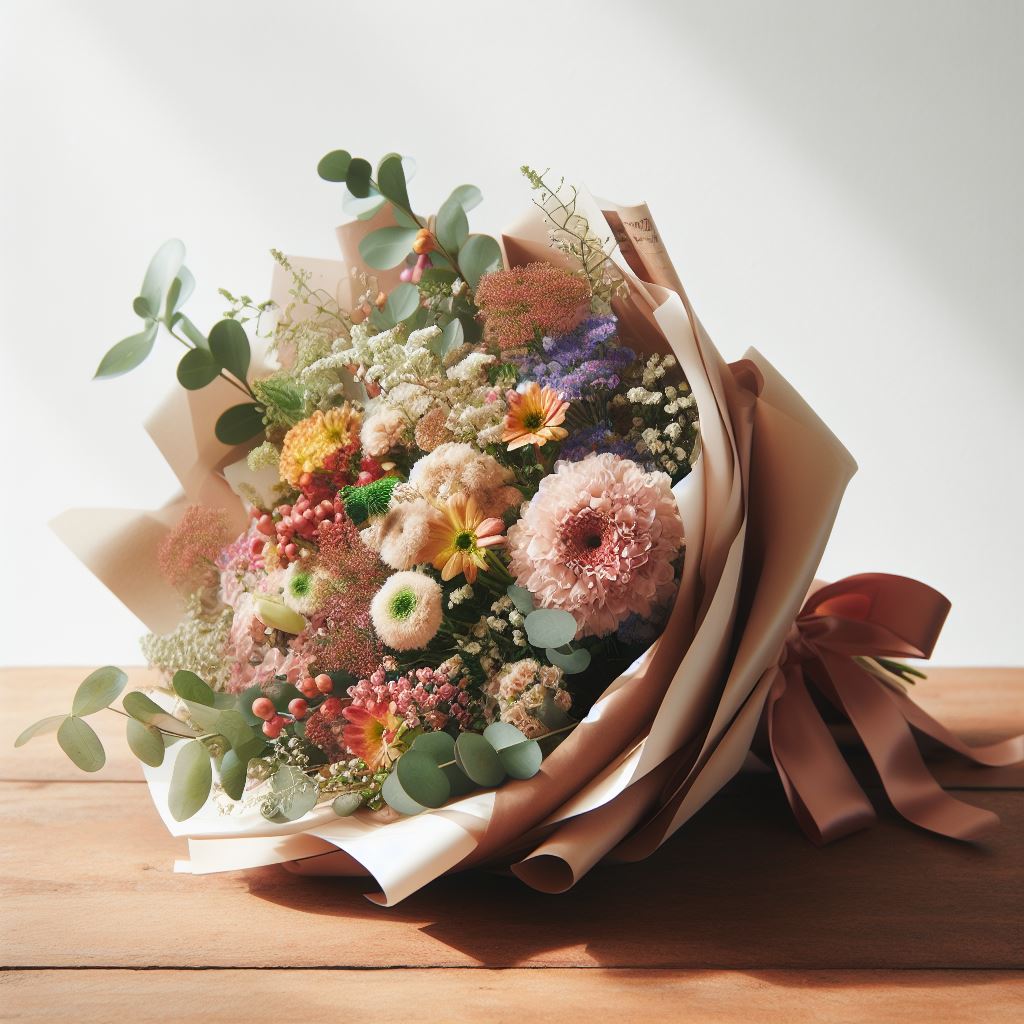Choosing Get Well Soon Flowers: A Guide to Brightening Someone’s Day
Sending flowers is a thoughtful way to convey care and wishes for a speedy recovery. The right bouquet can uplift spirits, brighten up a room, and bring a little bit of nature’s healing power to someone who is feeling under the weather. However, not all flowers are suitable for hospital settings or convey the right sentiment for recovery. This guide will help you choose the perfect ‘Get Well Soon’ flowers, ensuring your floral gift brings comfort and joy to your loved one.

1. Understanding the Language of Flowers
Each flower carries its own meaning and symbolism, which can add depth to your gift. While vibrant blooms are generally a good choice for their cheerful and uplifting nature, understanding the specific meanings can help you tailor your bouquet:
- Daisies: Symbolizing innocence and purity, daisies are a cheerful choice that can brighten up any space.
- Peonies: Known for representing healing, peonies are a thoughtful choice for someone who is recovering.
- Hydrangeas: With their full, lush blooms, hydrangeas symbolize heartfelt emotions and can be a way to express your care and concern.
- Sunflowers: These bright and sunny flowers represent strength and positivity, perfect for lifting spirits and encouraging a speedy recovery.
2. Consider the Recipient’s Preferences and Condition
The preferences of the person receiving the flowers should always be a top priority. If they have a favorite flower or color, including that in the bouquet can make your gift even more personal and thoughtful. Additionally, be mindful of any allergies or sensitivities they may have, especially in a recovery or hospital setting.
3. Choosing the Right Colors
Colors can greatly influence mood and emotion. Opting for bright, cheerful colors like yellows, soft pinks, and vibrant oranges can stimulate feelings of happiness and optimism. Pastel colors are soothing and can create a sense of calm and tranquility, which is also beneficial for someone in recovery.

4. Opt for Low-Maintenance Flowers
Consider choosing flowers that are easy to care for and long-lasting. Recipients may not have the energy or ability to maintain flowers that require a lot of care. Flowers like chrysanthemums, alstroemeria, and carnations are not only beautiful but also tend to last longer and don’t require much maintenance.
5. Be Mindful of Fragrance
Strongly fragranced flowers might not be suitable for a hospital environment or for someone who is feeling unwell, as they can be overwhelming or cause discomfort. Opting for flowers with a mild or no fragrance is usually a safer choice.
6. Presentation Matters
The way you present your flowers can add to their healing effect. Choose a cheerful and bright vase that the recipient can keep, adding a lasting element to your gift. Including a heartfelt, personal message can also make your floral gift more meaningful.
7. Delivery Considerations
If you’re sending flowers to a hospital, check the hospital’s policies on flower deliveries first. Some wards, like intensive care units, may not allow flowers. It’s also a good idea to ensure the flowers arrive in a container with water to keep them fresh, as hospital staff may not have the time to arrange flowers.
